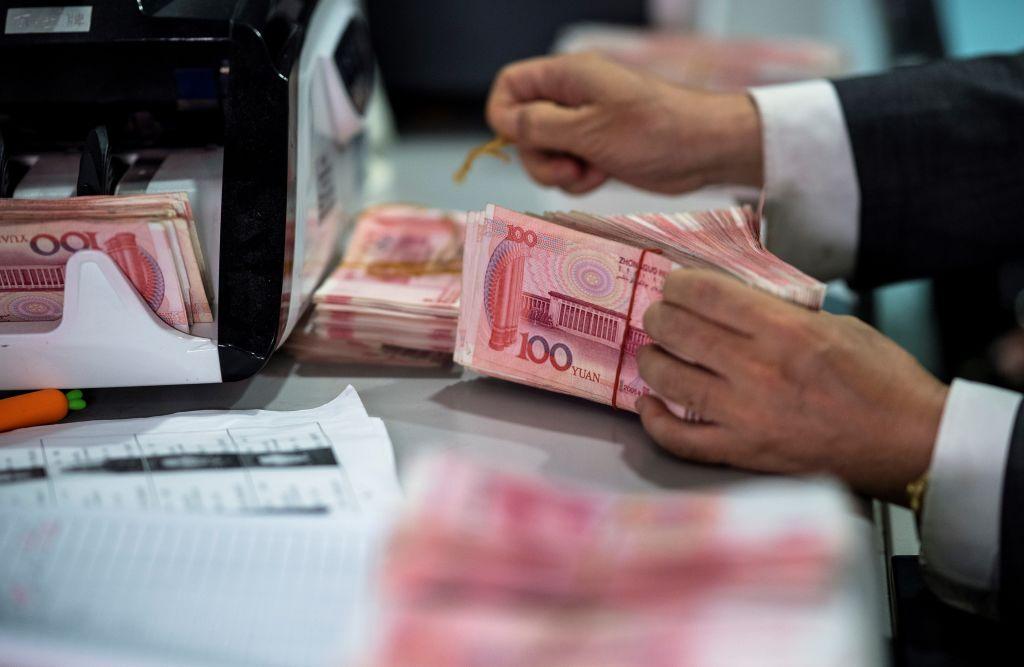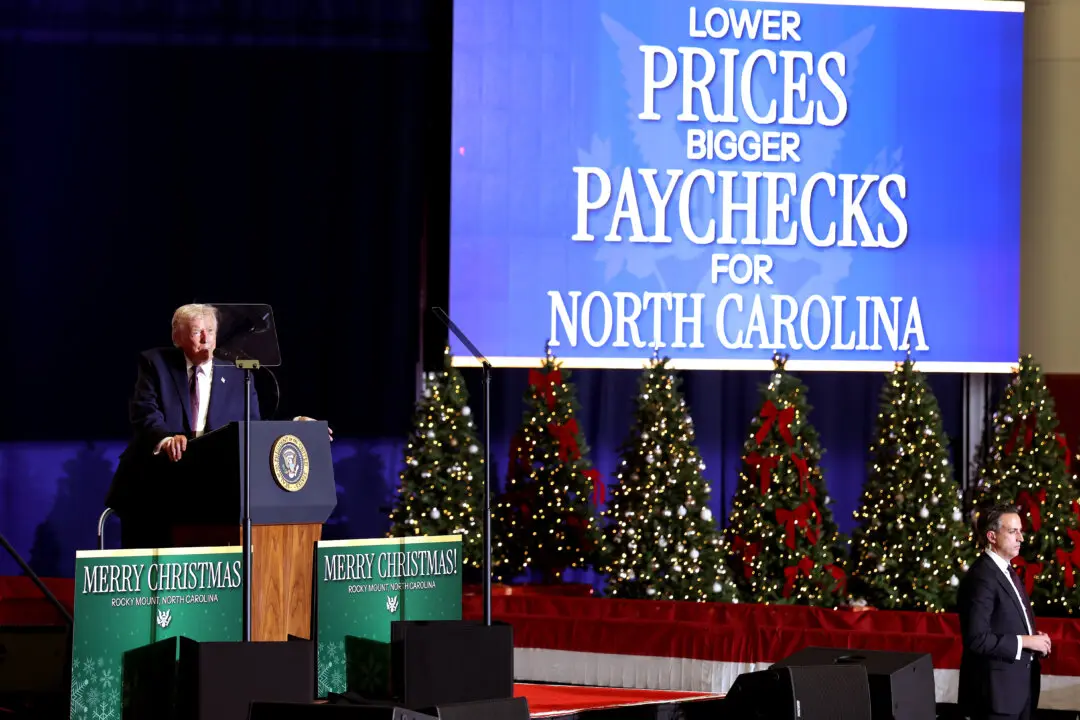WASHINGTON—China has resorted to currency manipulation, allowing the yuan to fall against the U.S. dollar, in an apparent effort to blunt the effect of the trade war on the Chinese economy.
The United States labeled Beijing a currency manipulator, after the Chinese renminbi weakened to its lowest level since 2008, slipping below the level of 7 per dollar, which had been thought to be crucial for preventing a run on the yuan.





